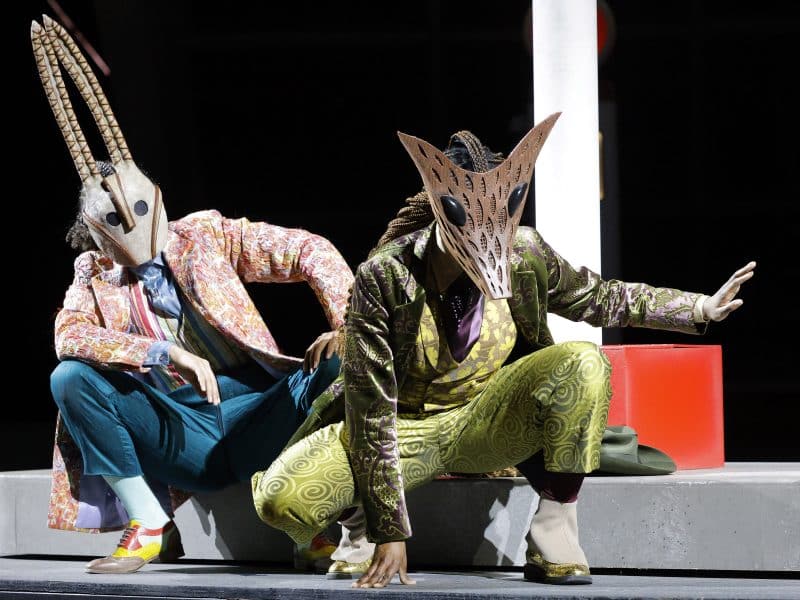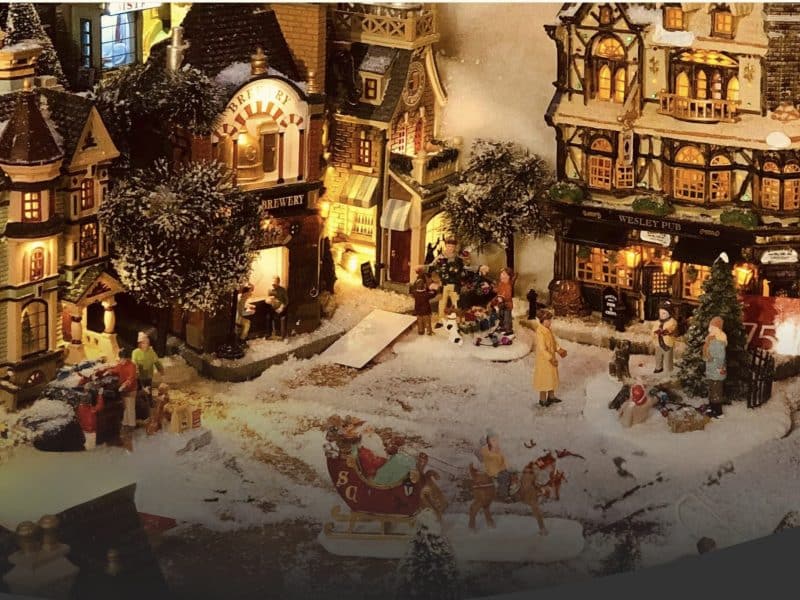What’s working in cities: Placemaking
Cities are a collection of places, many of them having potential for use as development strategies. That might sound cold until you add local voices and desires into the mix. Voila! You have human activity that beats any architectural drawing, Michelle Bruch reports.

Before Campus Martius Park opened in 2004 — after languishing for years as a long-promised commercial project known as the “Kern Block” — many of the historic buildings around it had emptied. Major department stores were vacant or torn down.
“Nothing was there,” said Bob Gregory, president of Campus Martius Park. “It was not a very pleasant place to be.”
To turn it around, the mayor’s office established a task force that studied the best public spaces in the world and quizzed the locals on how they would use a new park. After a $20 million investment, the park started buzzing year-round with music, a bistro, and ice skating under colorful lights and a giant Christmas tree. The park has since attracted several new corporate headquarters, new condos, and a whopping 1 million park visitors each year.
The strategy that built Campus Martius is called “placemaking,” and it’s a development approach gaining momentum across the country. The strategy gives local residents and stakeholders a major voice in shaping new development.
In the case of Campus Martius, the locals pressed for a park they could use all year long. They created a park with wireless Internet, 1,500 movable chairs, and more than 200 events per year, such as concerts, film festivals, and bocce ball tournaments.
Placemaking is designed to create a vision that is much more practical than a pretty architectural rendering.
“The voices of the people are significant anchors,” said Fred Kent, president of the New York-based Project for Public Spaces (PPS), a nonprofit that consults with cities on how to create strong public spaces. “It creates places that are meaningful to them.”
Kent has consulted with 3,000 communities in 42 countries. But when he founded PPS in 1975, the importance of a good public place wasn’t obvious to everyone.
“There was a big difference in the ‘70s–cities were awful places, with all kinds of crime,” he said. “No one was really interested in public spaces when we started, except that they had drug dealing in them.”
Today, Kent’s audience for the placemaking philosophy is larger than ever–he is logging a record 200,000 travel miles this year. In one recent week, PPS staff members were visiting Harvard University, Northern Michigan and San Antonio.
“In a way, the economy is helping us,” Kent said. “People know they can’t do big expensive projects, and instead they’re doing a lot of little ones. There has been an explosion of interest because of that.”
The state of Michigan, for example, is focusing on placemaking initiatives as part of its economic development strategy. “Economic development and community development are two sides of the same coin,” said Gov. Rick Snyder in a special message to the Michigan Legislature last winter. “A community without place amenities will have a difficult time attracting and retaining talented workers and entrepreneurs, or being attractive to business.”
Kent’s son, PPS Vice President Ethan Kent, said placemaking is striking a chord in the current economy because it’s resourceful and builds on a city’s existing assets. And the placemaking philosophy requires extensive public buy-in upfront, so officials can stand on safer ground politically. “Building convention centers and using tax incentives to attract big corporations or new business isn’t working,” Ethan said.
Instead, placemaking emphasizes smaller, inexpensive improvements: Adirondack chairs to watch the sunset on the Buffalo waterfront, or temporary incubator retailers with lower overhead costs. At Gabriel’s Wharf in London, for example, a set design company created colorful facades on concrete garages, and then worked with artists to convert them into studios where they could sell their work. The fast-working set designers finished the job in three months. Rather than developers spending money on a costly master design, the tenants themselves provided the vibrancy to make the area compelling for visitors. The scheme was designed to pay for itself in four years.
Detroit’s $20 million park investment has paid huge dividends, according to Gregory, the Campus Martius president.
Software company Compuware constructed a 1 million-square-foot headquarters at the fringe of the park. Several hundred units of new housing went up a block-and-a-half away. Quicken Loans’ new headquarters arrived with 1,700 employees, the Westin renovated a historic vacant hotel, 35 retailers opened near the park, and the Ernst & Young accounting firm anchored the construction of another new 10-story building.
“$750 million in new development has happened around Campus Martius,” Gregory said. “And there is more coming.”
Neil Takemoto, a consultant on crowdsourcing with the Washington, D.C.-basedCooltown Beta Communites, said the toughest part of placemaking is convincing developers to listen to outside ideas.
“They always say, ‘I know what people are going to want, and I’ve got my bottom line,'” he said.
However, the deals that seem best for the bottom line are often housing, retail and offices at the highest price points and largest lease rates possible. When communities provide input, Takemoto said, they tend to ask for something else: vibrant downtown entertainment areas, attainably-priced housing in city centers, or development that spurs job creation in economically-challenged areas.
Takemoto recently consulted on a Bristol, Conn. project in which a developer used crowdsourcing to find the best idea for a huge, vacant lot that was once a shopping mall. The developer challenged the public to vote online for its favorite vision for the lot, and the winner was a public piazza.
The developer tested the piazza concept this summer in an all-day festival with music, 70 craft and food vendors, muralists working live, board games scattered across tables, and a nighttime showing of “Back to the Future.” The organizers expected 1,500 people to show up. Instead, they saw a crowd of 10,000 people, in a city of 60,000.
“People often don’t trust themselves, but they do have the expertise,” Kent said. “The community always has the answer, if (the questions are) asked in the right way.”
Pittsburgh’s revitalized Market Square, located in the core of downtown, might have looked very different if the public hadn’t been involved. Officials wanted a stage for performances, but they learned from the public that large, raised stages come with a cost.
“You can never turn your back to the businesses around the square,” said Rob Stephany, who worked on the project as executive director of Pittsburgh’s Urban Redevelopment Authority. “And you can’t have a vacant stage occupying a quarter of the square.”
Today’s square allows for a retractable stage, the pavement is reduced to a single pedestrian-friendly level, and the square is lit up with more than 100 new lights and greened with nearly 50 new trees. The placement of LED lights evokes the Big and Little Dippers, recalling how runaway slaves followed those constellations as they fled on the Underground Railroad; this in turn is meant to recall the 19th-century restaurants around the square that harbored the fugitives.
“If you have time for lunch, you run down there every day,” Stephany said.
Kent said the key to creating good public spaces is making people feel comfortable, and he added that there are lots of telling measures of a good place. There are more women and children. There are more affectionate gestures–more touching, smiling and kissing. The walking pace slows down, and people stop to talk. People take off their shoes.
“It’s pretty amazing to come into a good place,” Kent said. “You know it immediately.”
Michelle Bruch is is a freelance writer based in Minneapolis, reporting for Model D’s sister publication, The Line.




